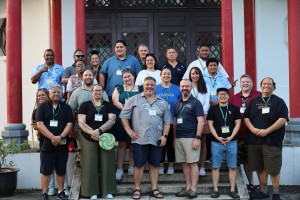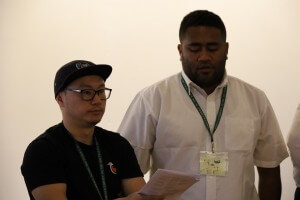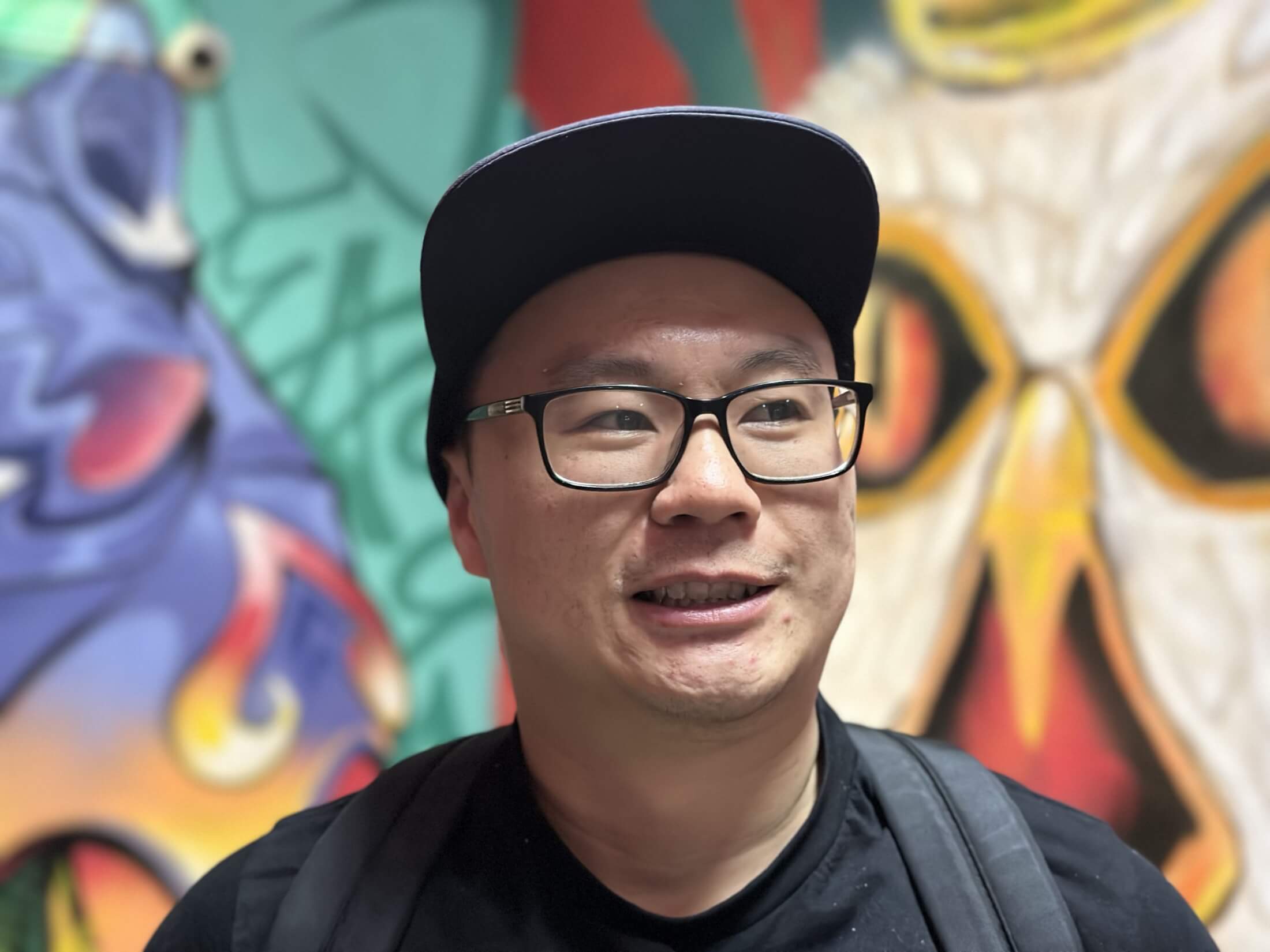I was ordained as a deacon just before Cyclone Gabrielle arrived in Te Ika a Māui. So, as we landed in Hong Kong before Typhoon Yagi arrived, it was a sign that I was going to experience something significant.
I have travelled to Hong Kong many times before, but I have never been on a pilgrimage or viewed it through the lens of Te Hāhi Mihinare. They say that what you look for in this world, you will find, and wearing these lenses, I was open to: What are God and His people doing in Hong Kong? And what is the ministry God is shaping for me at Hoani Tapu and calling me to do for Te Tai Tokerau?
We experienced world class manaakitanga from Hong Kong Sheng Kung Hui (name of the Hong Kong Anglican Church) and visited their ministries, schools, and social services. I was always in awe of the enormous scale, size, and speed at which thousands of multilevel buildings operated to respond to the needs of their society.

Wilson Chan (front row, second from right) with the other participants
Many organisations we visited referred to the time when Britain handed Hong Kong back in ’97. This was the moment HKSKH recovered and activated their Mana Motuhake to respond, with both prayer and praxis, to the cries of their people on the margins for human dignity and to create collective flourishing. HKSKH’s prayers and praxis are engaging with their government toward a future where food parcels are no longer needed and are only displayed in museums.
This gives insight into their mission of collective flourishing in Hong Kong and makes me wonder if our mission toward human need, collective flourishing, and justice as the Anglican Church is too small.
Growing up as a Cantonese boy in Ōtara and being formed in the Baptist church meant that my whakapapa and whakapono were always worlds apart and distant. It was the first time I saw and experienced my whakapapa as Cantonese and my whakapono as Mihinare being woven together. I was in disbelief, seeing myself navigate these two worlds coexisting in harmony.
Alongside Archbishop Don’s words during the pilgrimage, this is another corner of Te Moana-‘nunui’-a-Kiwa. I feel grounded and connected in a way that makes me realise I am not just called to Te Hāhi Mihinare—I belong. Belonging is a question that haunts many diaspora Cantonese, and Aotearoa has not had a great history with us. The intertwining strands of whakapapa and whakapono have been a gift for me, and it took a pilgrimage to Hong Kong to see that I belong in our church.

Wilson (L) with Samu Naqelevuki of Fiji
I also cannot forget that I shared this pilgrimage with amazing people from all three Tikanga. Moments of being too heavy for the elevator, possible gout, joking on long bus rides, and sweating a lot on the streets, alongside learning about their stories, what God is doing in their lives, and what their hearts beat for, speaks to the depth and vastness of whanaungatanga.
We finished our pilgrimage at Morrison Chapel, where Florence Li Tim-Oi, the first ordained woman in the Anglican Communion, served. Finishing there highlighted that people have always responded to the call of God, and I realised that we too have responded to God’s call. It gave me faith and hope that God is moving, and His Church is responding to His call in the islands of Te Moana-‘nunui’-a-Kiwa.
